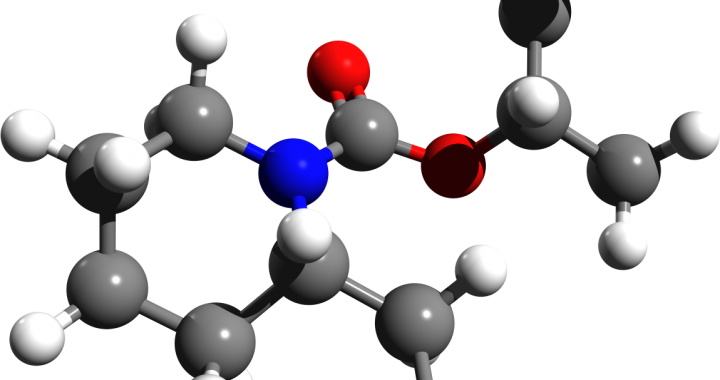
AYURVEDIC PHARMACOLOGICAL ACTION
DEFINITION
संयोगे च विभागे च कारणं द्रव्यमाश्रितम् । कर्तव्यस्य क्रिया कर्म, कर्म नान्यदपेक्षते ।। (Cha. Su. 1)
The pharmacological action in Ayurveda is mentioned as KARMA. It is defined as the ability of the substance to SAMYOGA (Engage) and VIBHAGA (Disengage) from one position and perform the same in an another position. This being an independent attribute with respect to the substance and is seen as a resultant of various factors out of which the main being the property of the substance itself. But mere presence of the property is not enough to bring out the desired action.
For an easy use and logical use of every medicine in the healing science, it is important to understand its properties and actions. Without its proper knowledge and understanding it is very difficult to control their effects on the body. Thus every science of healing has tried to understand the action of their medicinal preparations or components. Ayurveda too has made a substantial and systemic method of explanation. The basis of the explanations of the pharmacological actions are the five properties RASA, GUNA, VEERYA, VIPAKA and PRABHAVA named as “RASAPANCHAKA”
GENERAL MODALITY OF ACTION
न तु केवलं गुणप्रभावादेन द्रव्याणि कार्मुकाणि भवन्ति, द्रव्याणि हि द्रव्यप्रभावात्, गुणप्रभावात्, द्रव्यगुणप्रभावाच्च तस्मिंतस्मिन् काले तत्तदधिकरणमासाद्य तां तां च युक्तिमर्थं च तमभिप्रेत्य यत् कुरुवन्ति तत् कर्म, येन कुरुवन्ति तत् वीर्यं यत्र कुरुवन्ति तदधिकरणम्, यदा कुरुवन्ति स कालः, यथा कुरुवन्ति स उपायः, यत् साधयन्ति तत् फलम् । (च.सू. 26th Chapter)
As per the definition, the mode of action happens in a simultaneous manner of separation (Vibhaga) from the earlier position and combination (Samyoga) with the next position. The on going process of combination and separation totally forms the activity or कर्म (KARMA). This process may be true both chemically and physically. It is only through the process of combination and separation that a series of changes occur. The cumulative effect of these changes is what is say as the effect of actions.
As mentioned above in the verse, an action is resulted due to the property in the substance, the nature of the substance as such or both and is dependent on the different factors of administration including time. Thus to make the substance undergo a desired action, the physician has to analyse the factors that bring about the said action and analyse whether the body of the person on whom it is administered is suitable to it. The intelligence of the physician lies in properly understanding the substance, factors required to bring out the desired action and proper analysis of the person’s body. On critical analysis of all these factors, when a substance is administered, it produces a particular effect which is mention it as फल (Phala) or कर्मफल (Karmaphala). The above reference tells the complete pharmacodynamics of substances (food or medicine) in detail as mentioned in Ayurveda.


